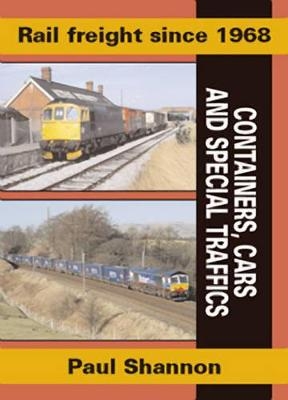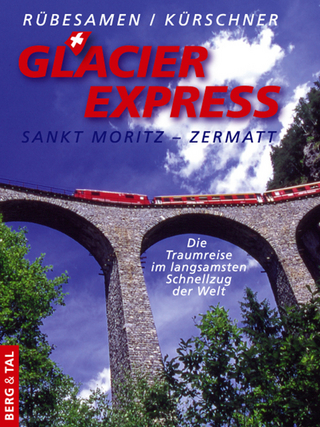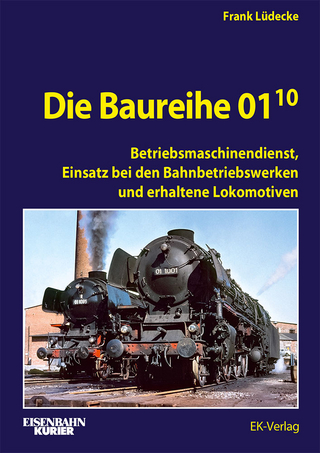
Rail Freight Since 1968
Seiten
2015
Silver Link Books (Verlag)
978-1-85794-347-4 (ISBN)
Silver Link Books (Verlag)
978-1-85794-347-4 (ISBN)
In this fourth and final volume in this popular series, Paul covers the remaining sectors of the Rail Freight business from 1968 to the present day. The types of traffic covered include: Container traffic; Charterail; Channel Tunnel Intermodal; Chemicals; Nuclear traffic; Milk; Parcels, mail and newspapers.
In this fourth and final volume in this popular series, Paul covers the remaining sectors of the Rail Freight business from 1968 to the present day. The types of traffic covered include: * Container traffic * Charterail * Channel Tunnel Intermodal * Chemicals * Nuclear traffic * Milk * Parcels, mail and newspapers Using predominantly his own illustrations Paul examines in detail the changing scene. 1968 saw the end of steam on British Rail and this in itself had a massive impact on the operation of Britain's railways. Gone were the labour intensive steam locomotive depots and many of the rural goods depots. In their place were new diesel and electric traction depots with a wide variety of locomotive types - cleaner to operate and more efficient to run. However many were experimental in nature and breakdowns were not un-common. Gradually even the larger Goods depots were being replaced with larger concentrated freight yards. New methods of handling the goods came in with the advent of containers designed to be used by rail, road and sea.
Waggons were larger and carried higher and higher capacities, specialist loading and unloading facilities meant new traffic flows were needed as demand for movement by rail having gone through a massive decline began to recover and the industry is seeing considerable growth potential going forward.
In this fourth and final volume in this popular series, Paul covers the remaining sectors of the Rail Freight business from 1968 to the present day. The types of traffic covered include: * Container traffic * Charterail * Channel Tunnel Intermodal * Chemicals * Nuclear traffic * Milk * Parcels, mail and newspapers Using predominantly his own illustrations Paul examines in detail the changing scene. 1968 saw the end of steam on British Rail and this in itself had a massive impact on the operation of Britain's railways. Gone were the labour intensive steam locomotive depots and many of the rural goods depots. In their place were new diesel and electric traction depots with a wide variety of locomotive types - cleaner to operate and more efficient to run. However many were experimental in nature and breakdowns were not un-common. Gradually even the larger Goods depots were being replaced with larger concentrated freight yards. New methods of handling the goods came in with the advent of containers designed to be used by rail, road and sea.
Waggons were larger and carried higher and higher capacities, specialist loading and unloading facilities meant new traffic flows were needed as demand for movement by rail having gone through a massive decline began to recover and the industry is seeing considerable growth potential going forward.
| Erscheint lt. Verlag | 24.9.2015 |
|---|---|
| Reihe/Serie | Railway Heritage ; 4 |
| Zusatzinfo | c200 b&w |
| Sprache | englisch |
| Maße | 172 x 238 mm |
| Themenwelt | Natur / Technik ► Fahrzeuge / Flugzeuge / Schiffe ► Schienenfahrzeuge |
| ISBN-10 | 1-85794-347-3 / 1857943473 |
| ISBN-13 | 978-1-85794-347-4 / 9781857943474 |
| Zustand | Neuware |
| Haben Sie eine Frage zum Produkt? |
Mehr entdecken
aus dem Bereich
aus dem Bereich
St. Moritz – Zermatt : die Traumreise im langsamsten Schnellzug der …
Buch | Hardcover (2023)
Verlag Berg & Tal
14,95 €
Betriebsmaschinendienst, Einsatz bei den Bahnbetriebswerken und …
Buch | Hardcover (2024)
EK-Verlag
54,00 €
Buch | Hardcover (2023)
GeraMond (Verlag)
27,99 €


